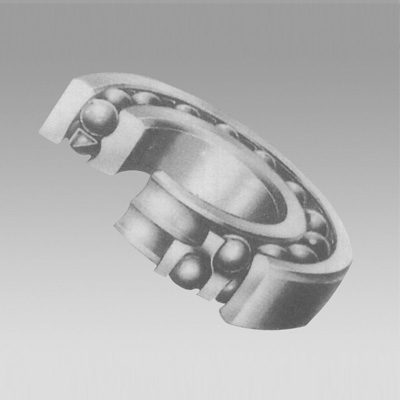
10 月 . 02, 2024 11:05 Back to list
spherical roller bearings
Understanding Spherical Roller Bearings Structure, Function, and Applications
Spherical roller bearings are an essential component in various industrial applications, renowned for their ability to support heavy loads and operate under challenging conditions. These bearings are designed to accommodate misalignment and axial displacement, making them particularly beneficial in applications involving rotating machinery.
Structure of Spherical Roller Bearings
A spherical roller bearing typically consists of an outer ring, an inner ring, spherical rollers, and a cage. The outer ring has a concave surface that allows the rolling elements – the spherical rollers – to move in multiple directions. This design enables the bearing to automatically adjust to misalignment between the shaft and housing, which can occur due to thermal expansion, load fluctuations, or installation errors.
The inner ring fits snugly onto the shaft and works in conjunction with the outer ring. The spherical rollers are positioned in such a way that they can rotate freely within the confines of the two rings, decreasing friction and providing a smooth motion. The cage, which holds the rollers in place, is typically made of steel or a polymer material and ensures even spacing, reducing wear and tear.
Key Features
One of the standout features of spherical roller bearings is their capacity to handle both radial and axial loads in either direction. This dual capacity is particularly valuable in machinery such as wind turbines, mining equipment, and heavy construction machinery, where uneven loading can occur. The ability to accommodate misalignment also increases their longevity, as it lessens the likelihood of premature wear.
spherical roller bearings

Additionally, spherical roller bearings are available in various sizes and configurations, making them versatile for numerous applications
. They can be equipped with seals or shielding to protect against contaminants, further enhancing their durability and reliability.Applications
The applications for spherical roller bearings are vast and varied. They are commonly used in automotive applications, such as in gearboxes and wheel hubs, where the ability to handle both radial loads and axial loads is crucial. In industrial settings, these bearings are found in large machinery like crushers, conveyor systems, and electric motors, often working in harsh environments that require robust components.
In the aerospace sector, spherical roller bearings are employed in landing gear and other critical systems, where reliability and precision are paramount. Moreover, they play a vital role in turbine technology, offering mechanical support to turbine blades which experience significant forces during operation.
Conclusion
In summary, spherical roller bearings are a critical component in modern engineering, providing the stability and reliability necessary for a wide range of applications. Their unique ability to accommodate misalignment and handle heavy loads makes them indispensable in industries that require robust performance under challenging conditions. As technology continues to evolve, the design and materials used in spherical roller bearings are likely to advance, further enhancing their efficiency and applicability in the intricate machinery of the future.
Latest news
-
Unlocking Efficiency with Spherical Roller Bearings
NewsOct.29,2024
-
The Ultimate Guide to Thrust Ball Bearings
NewsOct.29,2024
-
The Power of Thrust Roller Bearings: Engineered for Excellence
NewsOct.29,2024
-
The Power of Deep Groove Ball Bearings for Your Application Needs!
NewsOct.29,2024
-
The Power and Performance of Cylindrical Roller Bearings
NewsOct.29,2024
-
High-Quality Ball Bearing Manufacturing Machines
NewsOct.29,2024
